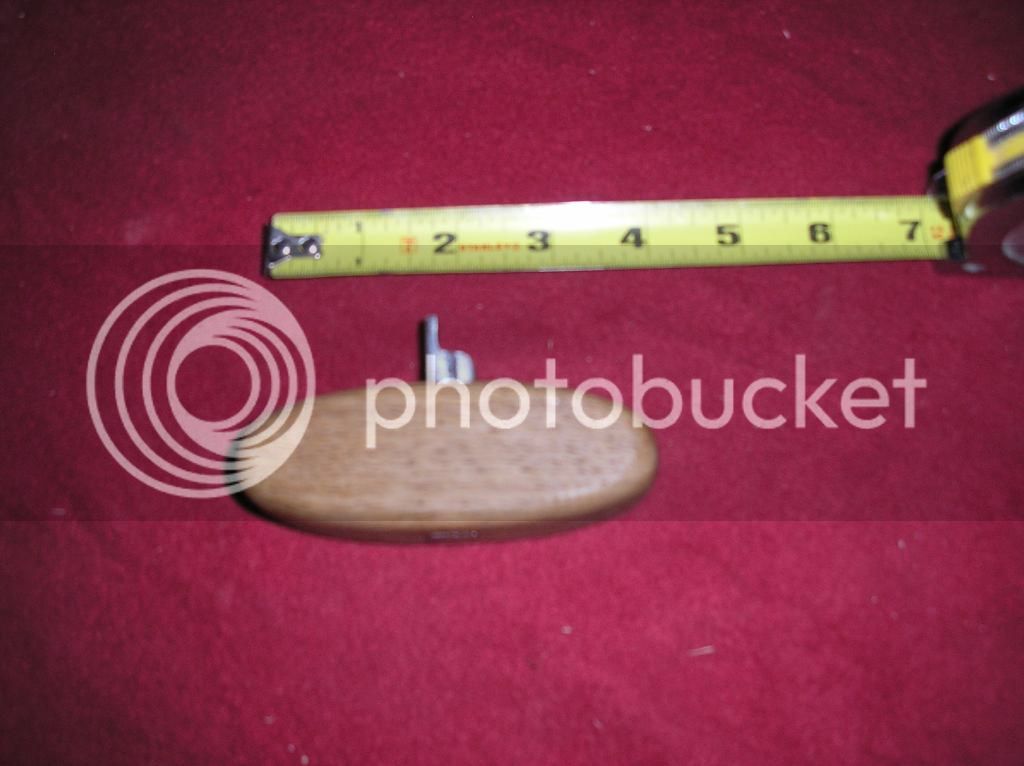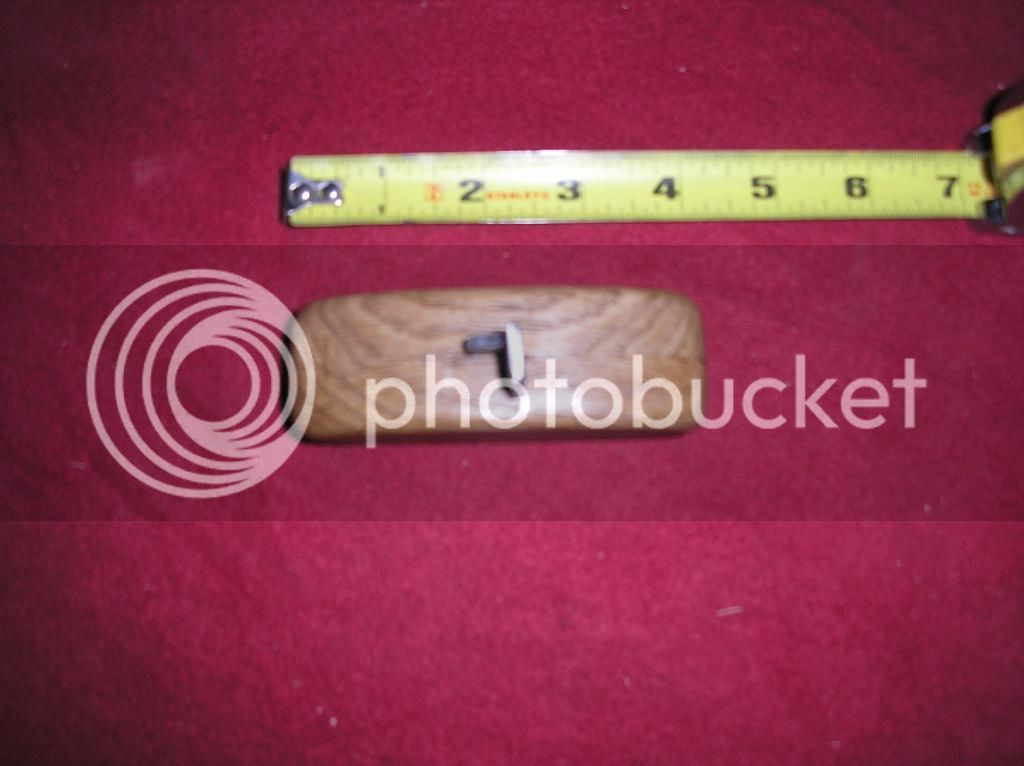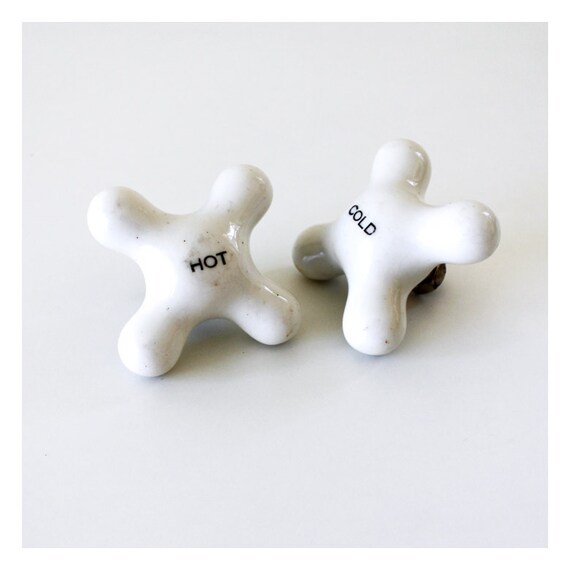Each year the loggers I work with break the fuel and bar oil tank caps on their larger Stihl saws by using the T-scrench to twist the slotted caps on and off. These caps are still standard on the MS660 and were used on practically every "0-series" saws of times past. Thousands of these saws run today with these slotted screw-on/off caps, although most new models have been replaced with flippies (much to the chagrin of many new saw owners).
I have concluded that the slotted caps have been broken usually because a T-scrench (or scrench) has been used to tighten and loosen them. This tool works fine for the spark plug, decomp valve, and chain tensioner, but the flat blade is way too small for the fuel and oil caps. That plus the leverage afforded by the T handle sets up huge stress inside the cap. The cap either cracks or the slot gets completely dug out. Once cracked, it leaks like a sieve, regardless of how much it's tightened. Here's my proposed solution:
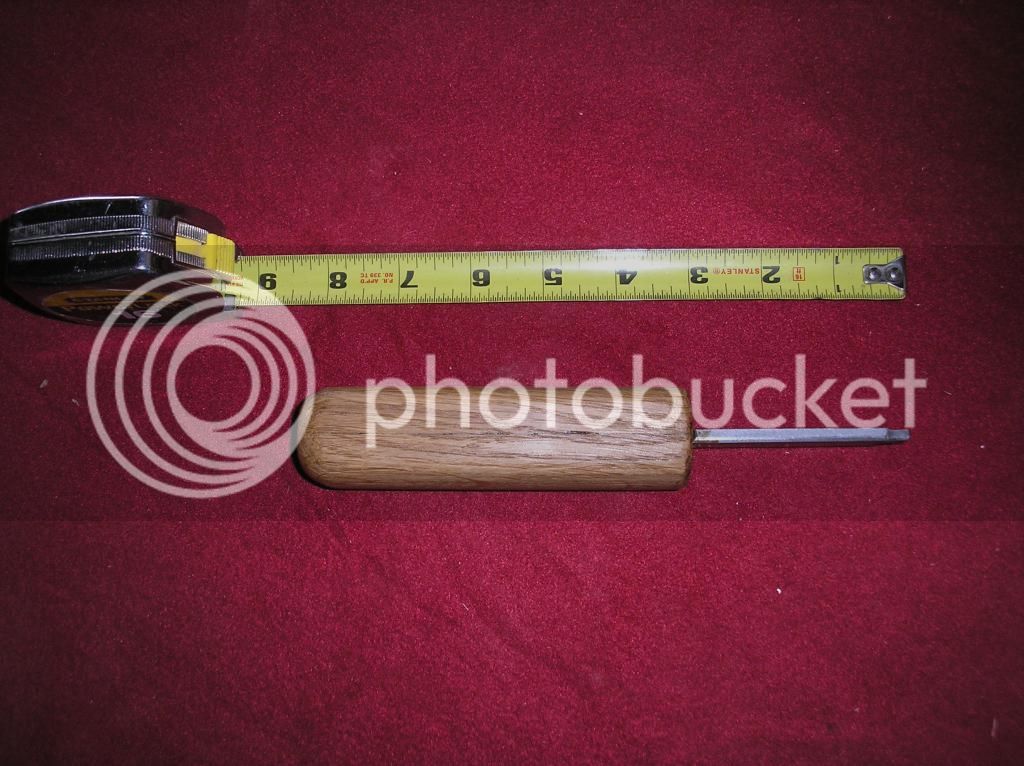
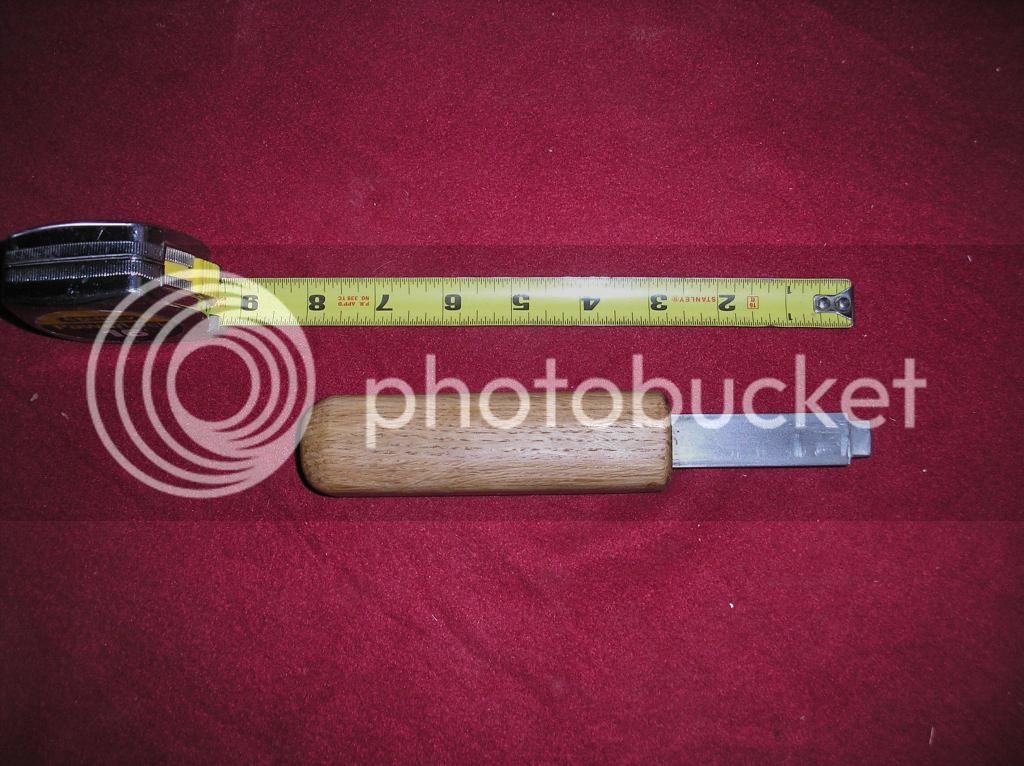
I started with a 3/16" x 3/4" length of strap steel stock and cut it to 7" long. That extra thickness and width needed to be shaped at the tip to fit the cap snugly, minimizing play. The slot on the bar oil cap is a bit smaller, so I used that as a guide. The handle is actually two pieces of 5/8" thick hardwood, about 1-5/16" wide. I cut a 3/32" deep dado through the center of each half, the same width as the steel blade. Then I drilled a pair of countersunk holes about 2-1/2" apart into the blade and used a pair of 3/4" flathead screws to hold it tight to one side, 4" into the handle. With the blade sandwiched between the halves, I glued and clamped them together. A loose tenon on the end of the handle sealed it all up prior to shaping and sanding. Here's the final fit to the slotted cap:
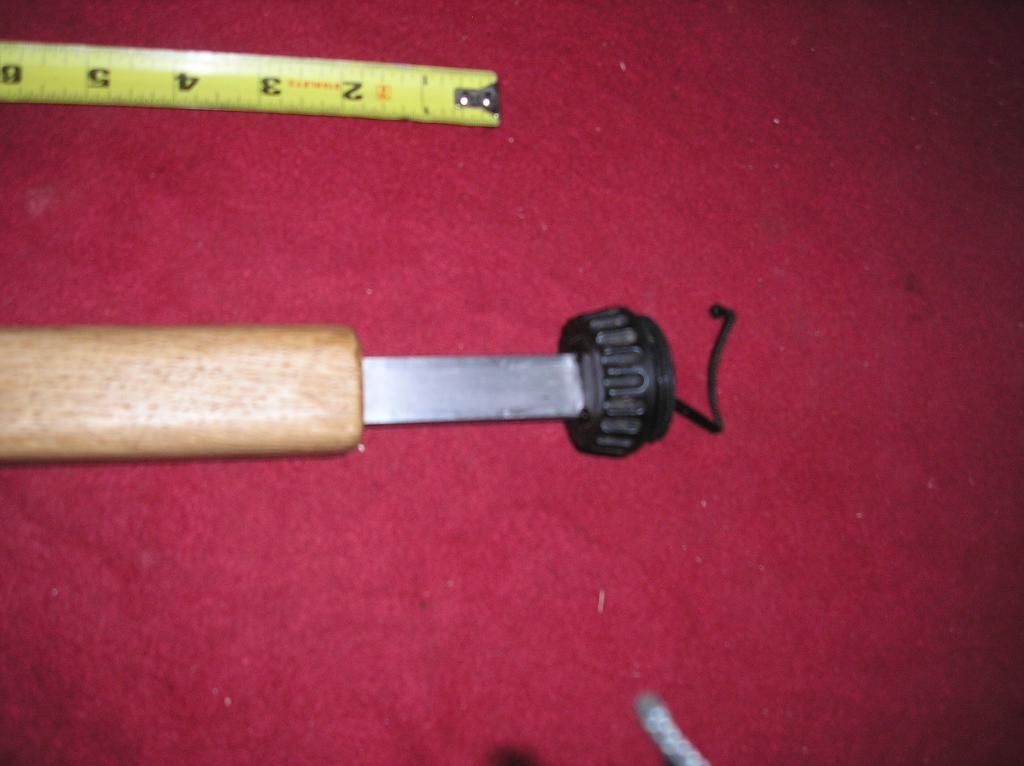
This handle supplies all the torque I need to twist the caps, and I think the plastic will really appreciate the snug fit--over twice the mass of the scrench's tip. After using it a few times, I have to wonder why Stihl did not offer something like this as an option to the scrench, which has probably destroyed (and sold) more slotted caps than any tool ever conceived. WDYT?
I have concluded that the slotted caps have been broken usually because a T-scrench (or scrench) has been used to tighten and loosen them. This tool works fine for the spark plug, decomp valve, and chain tensioner, but the flat blade is way too small for the fuel and oil caps. That plus the leverage afforded by the T handle sets up huge stress inside the cap. The cap either cracks or the slot gets completely dug out. Once cracked, it leaks like a sieve, regardless of how much it's tightened. Here's my proposed solution:


I started with a 3/16" x 3/4" length of strap steel stock and cut it to 7" long. That extra thickness and width needed to be shaped at the tip to fit the cap snugly, minimizing play. The slot on the bar oil cap is a bit smaller, so I used that as a guide. The handle is actually two pieces of 5/8" thick hardwood, about 1-5/16" wide. I cut a 3/32" deep dado through the center of each half, the same width as the steel blade. Then I drilled a pair of countersunk holes about 2-1/2" apart into the blade and used a pair of 3/4" flathead screws to hold it tight to one side, 4" into the handle. With the blade sandwiched between the halves, I glued and clamped them together. A loose tenon on the end of the handle sealed it all up prior to shaping and sanding. Here's the final fit to the slotted cap:

This handle supplies all the torque I need to twist the caps, and I think the plastic will really appreciate the snug fit--over twice the mass of the scrench's tip. After using it a few times, I have to wonder why Stihl did not offer something like this as an option to the scrench, which has probably destroyed (and sold) more slotted caps than any tool ever conceived. WDYT?






